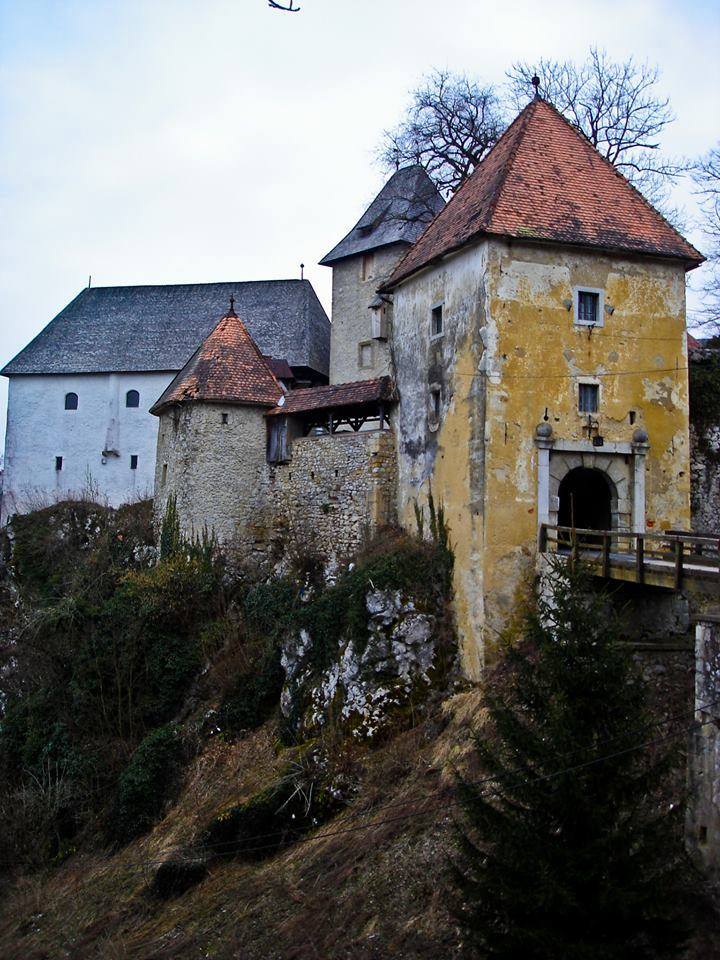Castle Ozalj, Ozalj
The begin of castle Ozalj dates into 13th. century, but already in 6th. ct. there were remains of Roman walls.
In 17th ct. Ozalj was centre of so called "Ozalj literary circle" to which belonged also nobility Nikola, Petar and Katarina Zrinski and Fran Krsto Frankopan. The basis of Ozalj literary circle was the Kaikavian Ikavian dialect, which at these times was spoken in North Istria, Pokupje, parts of Turopolje and Sutla valley, and partly is still spoken there.
Petar Zrinski, born in Vrbovec, translated the work of his brother from Hungarian into Kaikavian Ikavian language „Adrianskog mora sirena“ in 1660. Katarina Zrinska wrote her famous work „Putni tovaruš“. If Zrinski and Frankopans would have not been removed by Vienna's Kaiser because of their conspiracy against him, and partly also because the rest of Croatian nobility failed to support them (Draškovići, Erdoedy, ...), the language of todays Croatia still would have been Kaikavian (-Ikavian) language.
After removal of Zrinski i Frankopans a sort of linguistic "anarchy" appeared in Croatia, while Kaikavian language has lost its biggest promoters who had also European dimension - the Zrinski and Frankopan.
How Kaikavian Ikavian sounded still can be heard in the living speech of Lower Sutla (Šenkovec) which is protected as immaterial cultural good of Croatia.
Museum in the castle encompasses a period of 6000 years, and the castle is spectacular so it is worth to visit. More North-West from Ozalj there are mellow hills of Vivodina, with romantic and picturesque vineyards, which makes it a nice ocassion for visit when visiting Ozalj.
Museum working hours:
Mon-Fri: 08:00 - 20:00 Sut-Sun: 10:00 - 20:00
Pictures of the castle by Mire from the tribe La






